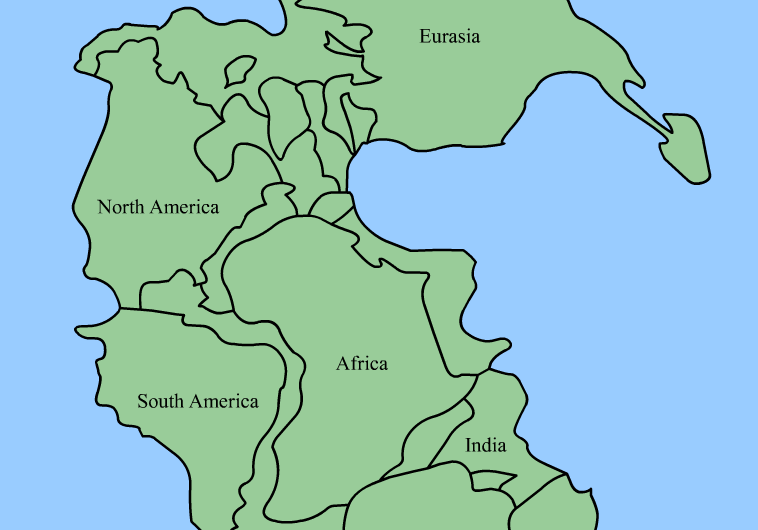Triassic reptiles took 10,000 mile trips through 'hellish' conditions, study suggests

Sadie Harley
scientific editor

Robert Egan
associate editor

The forerunners of dinosaurs and crocodiles in the Triassic period were able to migrate across areas of the ancient world deemed completely inhospitable to life, new research suggests.
In a paper published in Nature Ecology and Evolution, researchers from the University of Birmingham and the University of Bristol have used a new method of geographical analysis to infer how these ancestral reptiles, known as archosauromorphs, dispersed following one of the most impactful climate events Earth has ever seen, the end-Permian mass extinction.
The first archosauromorphs, some resembling modern reptiles and many times smaller than familiar dinosaurs, were previously believed to only survive in certain parts of the globe due to extreme heat across the tropics, viewed by many paleontologists as a dead zone, in the earliest Triassic.
By developing a new modeling technique based on landscape reconstructions and evolutionary trees, the team of researchers have been able to discover clues about how these reptiles moved around the world during the Triassic period, following the mass extinction where more than half of land-based animals and 81% of marine life died.
The archosauromorphs that survived the extinction event rose to prominence in Earth's ecosystems in the Triassic, leading to the evolution of dinosaurs. The team now suggest that their later success was in part due to their ability to migrate up to 10,000 miles across the tropical dead zone to access new ecosystems.
Dr. Joseph Flannery-Sutherland from the University of Birmingham and corresponding author of the study said, "Amid the worst climatic event in Earth's history, where more species died than at any period since, life still survived. We know that archosauromorphs as a group managed to come out of this event and over the Triassic period became one of the main players in shaping life thereafter.
"Gaps in their fossil record have increasingly begun to tell us something about what we weren't seeing when it comes to these reptiles. Using our modeling system, we have been able to build a picture of what was happening to the archosauromorphs in these gaps and how they dispersed across the ancient world. This is what led us to call our method TARDIS, as we were looking at terrains and routes directed in space-time.
"Our results suggest that these reptiles were much hardier to the extreme climate of the Pangaean tropical dead zone, able to endure these hellish conditions to reach the other side of the world. It's likely that this ability to survive the inhospitable tropics may have conferred an advantage that saw them thrive in the Triassic world."
"The evolution of life has been controlled at times by the environment," says Professor Michael Benton from the University of Bristol, senior author of the study, "but it is difficult to integrate our limited and uncertain knowledge about the ancient landscape with our limited and uncertain knowledge about the ecology of extinct organisms.
"But by combining the fossils with reconstructed maps of the ancient world, in the context of evolutionary trees, we provide a way of overcoming these challenges."
More information: Landscape-explicit phylogeography illuminates the ecographic radiation of early archosauromorph reptiles, Nature Ecology & Evolution (2025).
Journal information: Nature Ecology & Evolution
Provided by University of Birmingham





















